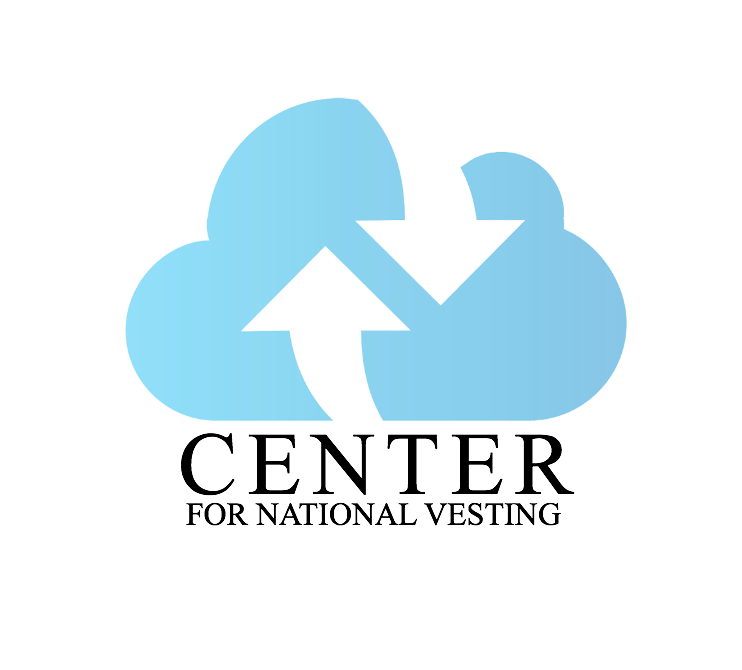In lieu of an increased federal minimum wage, CNV’s vested economics can help all Americans
Today’s federal minimum wage earner has to work 85 hours to afford the median rent in San Jose, Calif. But that same earner would have to work just 41 hours—less than half that total—under the $15 per hour proposal. Still, neither compares to the buying power of the dollar in 1968, when that earner had to work just 19 hours to afford the rent.
All of these figures are included in a recent Wall Street Journal story, which compared the minimum wage’s buying power today versus 1968. The story’s point was that increasing the minimum wage to $15 an hour would give Americans a fighting chance to get ahead at a time when the current federal minimum wage of $7.25 is a virtual relic.
“The federal minimum wage, adjusted for inflation, is at its lowest level in more than a decade and at nearly the same level as in 1954,” the story notes.
We’re clearly in a sad state of affairs in the United States with average Americans struggling to put food on the table and pay the rent. And it is truly unacceptable that Americans have to pay so much money toward rent, food, utilities and other necessities. The federal minimum wage is unacceptable.
And now that legislators have removed a $15 an hour wage proposal from the $1.9 trillion stimulus plan in Congress “and plan to pursue it later in a separate bill,” as the story says, it puts Americans at an even greater disadvantage during an endless pandemic.
But there is a way forward. The Center for National Vesting’s economics plan can change the fortunes of Americans who are struggling today.
Robert Whitehair, founder of the Center for National Vesting, has found, through his mathematical formulas, what he calls “a market surplus that now exceeds $15 trillion per year.”
By implementing a vested economy, the market surplus would eventually be distributed to Americans. Under a vested economy, says Whitehair, every U.S. citizen would now be able to receive $100,000 in cash. And that cash can help millions of families pay for rent, food, and other necessities.
Technically speaking, a vested economy is one in which the market surplus is distributed to the individual laborers who produce the surplus through an equitable process. Individuals become vested by successfully completing one or more requirements. For example, someone can be vested by completing an educational requirement or serving in the military.
Vested economics acts as a kind of sponge for absorbing an economy’s excess supply of goods and services and a distribution mechanism called National Vesting for apportioning that excess back to its producers in an equitable manner. In other words, no one has to earn a poverty wage ever again.
We can say goodbye to the unacceptable federal minimum wage. And we can greet a new day with a renewed sense of hope.

